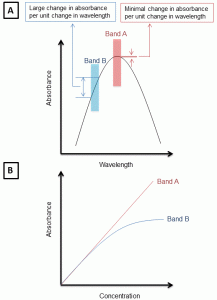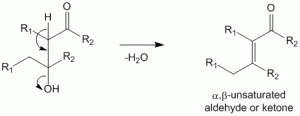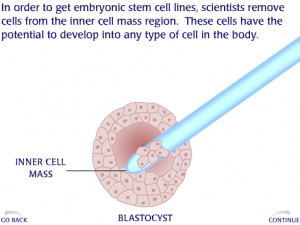Introduction
Reversed-phase ion-pairing (RPIP) chromatography (RPIPc) is a very useful analytical technique for the separation of charged molecules which would not be retained in regular reversed-phase chromatography. The technique is also known as ion-pairing reversed-phase chromatography (IPRP) or even just ion-pairing chromatography. Reversed-phase ion-pairing chromatography can be used for both positively and negatively charged analytes and is an advanced chromatographic technique. The animation below explains the principle of reversed phase ion pairing chromatography and discusses two proposed mechanisms by which it is believed to act.
Note- We recommend that you first check the animation for the principle of reversed-phase chromatography before you see the animation below.
Animation of the Principle and Mechanism of Reversed Phase Ion Pairing Chromatography (RPIPc)
The animation below will explain the Principle and Mechanism of Reversed Phase Ion Pairing Chromatography (RPIPc). In this animation the analyte is a glycosaminoglycan (GAG) which is a sulfated molecule and hence negatively charged. In regular reversed-phase chromatography, such a polar molecule would not be retained by the non-polar surface of the stationary phase. In reversed-phase ion-pairing chromatography, an addition of ion-pairing agent is done to the mobile phase. In this case the ion-pairing agent is hexylamine which is capable of interacting with the ionic sulfate group and make it more non-polar due to it’s alkyl chain of 6-carbons. This interaction results in more interactions of the analyte with the stationary phase and is hence more retained. Better retention would eventually correspond to better resolution.
Note- The ion pairing agent must be oppositely charged as compared to the analyte and must have good hydrophobicity. Other ion-pairing agents for negatively charged analytes such as carboxylates include other linear alkyl amines (e.g. pentylamine, heptylamine), tertiary alkyl amines ( e.g. triethylamine, tetrabutylammonium). Ion-pairing agents for positively charged analytes such as amines includes sulfonates (e.g. n-pentanesulfonate, n-hexanesulfonate) and carboxylates (e.g. formic acid, trifluoroacetic acid).
Press the play button in order to move ahead in the animation. To rewind the animation move the scroll bar to the left. Please read the detailed discussion below the animation for a better understanding.
[swfobject]2430[/swfobject]
Discussion of Animation
Slide 1. A] This page shows the GAG-SO3– (which is an anionic analyte) in a regular reversed-phase chromatography system. The analyte is incapable of making significant interactions with the non-polar surface of the stationary phase and hence elutes out immediately without much retention. As a result if a mixture of GAGs is selected, there is little or no resolution observed.
Slide 1. B] In reversed-phase ion-pairing chromatography the analyte GAG-SO3– is present in a mobile phase containing ion-pairing agent hexylamine. The hexylamine forms an ion-pair via ionic interactions with the sulfates of the GAG to make the analyte more non-polar. As a result the analyte gets more retained on the stationary phase and elutes out more gradually. Better retention translates into better resolution of mixtures of GAGs.
Mechanism:
Although the exact mechanism of reversed-phase ion-pairing is not known, two mechanisms have been proposed which can be explained below. It is believed that both mechanisms play a role in ion-pairing chromatography and the extent of which is having a greater role varies depending on analyte, stationary-phase chemistry, ion-pairing reagent and conditions.
Slide 2. A] Partition Model: In this model, the ion-pairing agent (hexylamine) is present in the mobile phase. The analyte GAG when injected interacts with the ion-pairing agent in the mobile phase first. It forms the ion-pair which is relatively non-polar and can “partition” into the stationary phase and get retained.
Slide 2. B] Adsorption Model: In this model, the ion-pairing agent (hexylamine) present in the mobile phase gets adsorbed into the non-polar stationary phase due to its lipophilic alkyl chain. As a result, the ion-pairing agent forms a pseudo ion-exchange layer on the surface of the stationary phase. The analyte GAG once injected interacts with the ion-pairing agent presented on the surface to form ion-pair and gets retained.
References and Recommended Books
- A. Vailaya, C. Horvath, Retention in reversed-phase chromatography: partition or adsorption? J Chromatogr. A 829 (1998) 1–27.
- Introduction to Modern Liquid Chromatography
. Lloyd R. Snyder et. al.
- Practical High-Performance Liquid Chromatography
. Veronika R. Meyer.
- Liquid Chromatography-Mass Spectrometry, Third Edition (Chromatographic Science Series)
. Wilfried M.A. Niessen



